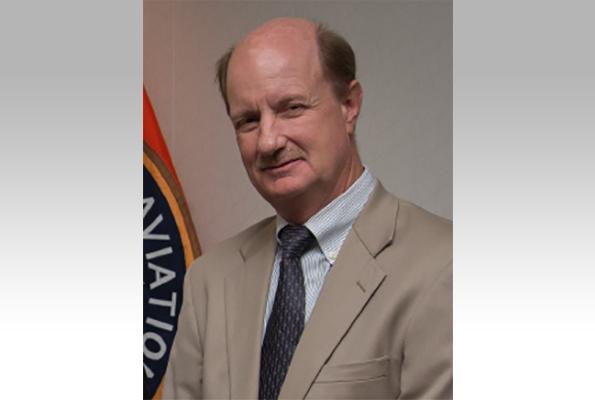Fast Five With Honeywell - Mike Stewart

Mike Stewart, Vice President - Advanced Technologies, Honeywell Aerospace
Mike Stewart, previously a corporate fellow within Honeywell Aerospace, today leads the organization's Advanced Technology organization across general aviation, commercial, defense and space.
Q. What is the mission of Honeywell Aerospace Advanced Technology?
A. Technology initiatives below technology readiness level 6 are under the purview of the Advanced Technology organization, from atomic clocks to propulsion engines to vapor cycle systems to avionics. We work to tie these together for our commercial customers, but also DARPA and to support the U.S. Air Force Research Lab, the Navy, Army and the space markets. The differentiator for us is our breadth—we fully understand every type of part on an aircraft, and even how they can be used in other vehicles. We have been a part of every manned space mission. We have 110 Fellows—subject matter experts who have created the industry standards for key technologies used throughout aerospace and defense.
Q. What do you see as the biggest challenges as the industry moves forward?
A. Technology is moving at such a lightening pace. The urban air mobility challenge has forced things to happen at a speed that simply would not have happened otherwise. It is pushing all markets forward, from electrification of the aircraft to automation. Our job is to take the very complex possibilities and simplify them so that they are usable and can affect the customer's desired outcome. At the same time, we have to be able to certify the use of technologies such as machine learning and artificial intelligence. We have to be able to prove that out, and Honeywell is working to make that possible. Most important, we have to simplify the interface so that the technologies can be used to improve safety and efficiency of flight.
Q. Artificial intelligence is at the forefront of so much technology development—how is this affecting Honeywell?
A. We are applying AI and autonomy in a progressive way, beginning with low-criticality applications of AI and machine learning, to prove it out. Longer term, we are looking at AI as an enabler to help identify conditions and address situations that have not been anticipated by a pilot or user, and then offering recommendations on how to deal with a situation. AI and machine learning are a big help in integrating this broader picture across all levels of aviation that we serve, particularly as things become more connected and more integrated. In the end, AI is a tool, and we want to be able to qualify it to a higher standard of safety. You also mentioned autonomy as a major factor in aerospace.
Q. What is Honeywell's focus in this area?
A. Autonomy and urban air mobility play together. UAM is a small segment but represents significant change—a different kind of pilot whose training may not be as in-depth, who may be backed up on the ground. We want to be able to put that backup in place when it's needed, regardless of how many pilots are in the cockpit. We also know that wind tunnels and other situations will affect air vehicles traveling among buildings. Sensors, weight, the ability to cool electronics on the vehicle—all these technologies are evolving quickly and we're well positioned to work with UAM OEMs from technology to certification. We are also working on solutions for helping pilots on long flights, to allow a single pilot in the flightdeck for longer periods of time.
Q. What are the strengths of the Honeywell Aerospace Advanced Technology organization today?
A. Our investment in technology is as high as I've seen in my quarter century with Honeywell. The pace is so much faster, and we have to keep up with that pace. We look across the world for where that investment should be made. We are invested here in the U.S. but also the broader global environment, whether that means bringing technologies to bear on small satellite development or addressing CleanSky initiatives in Europe. This is our tradition—we were the first to develop a digital map, the first flight management system, the first auto pilot. We intend to play a similarly broad role in this new and much accelerated technology environment.
Learn more about Honeywell's initiatives here.




